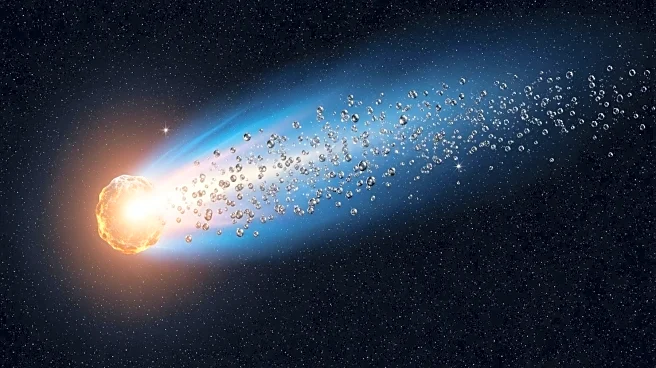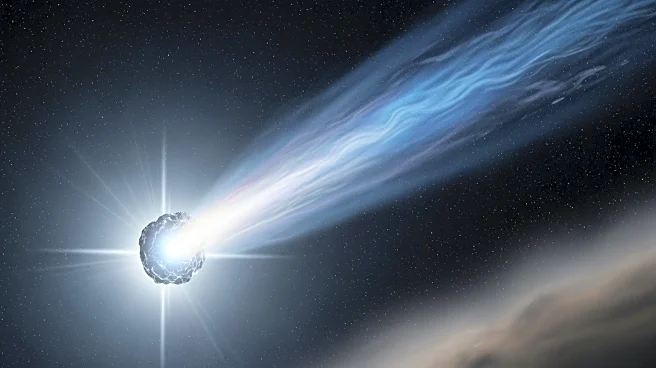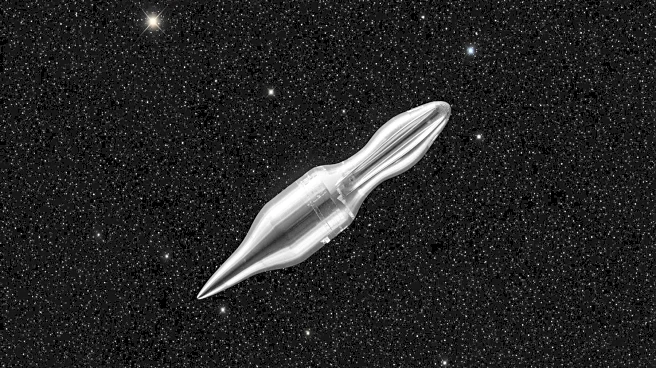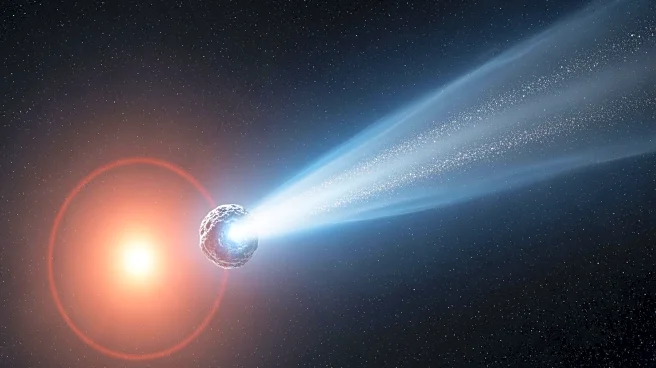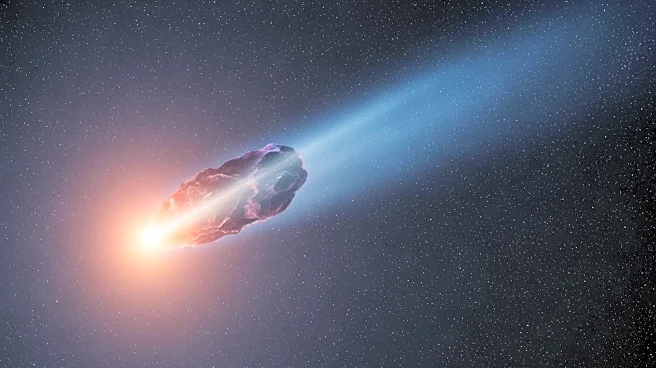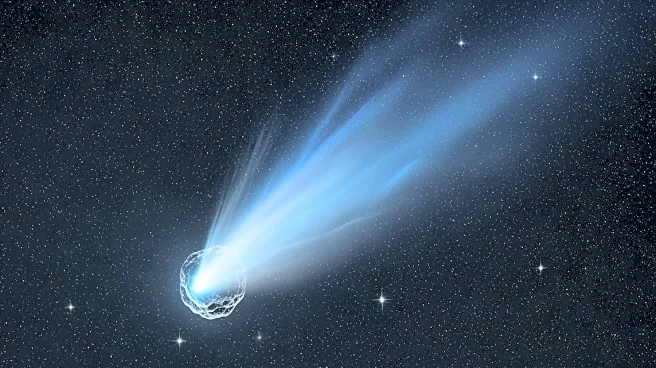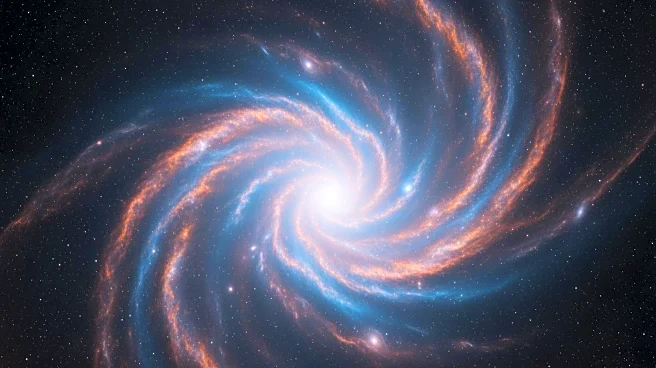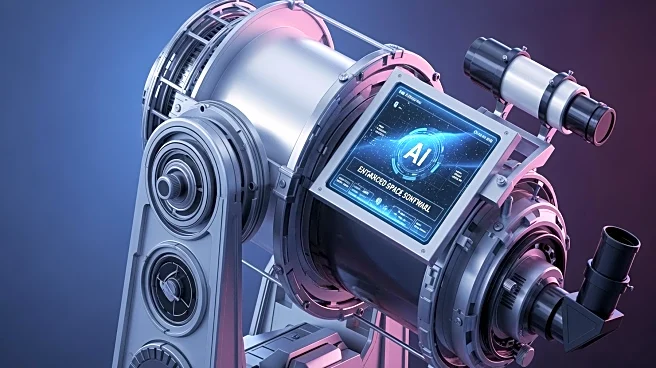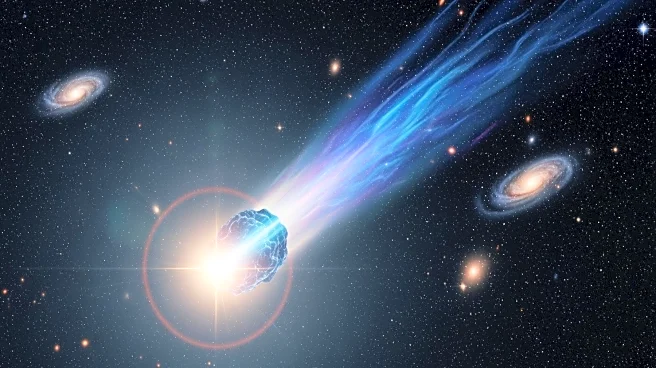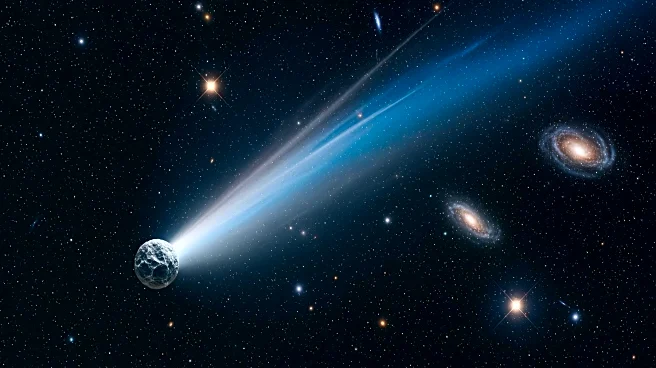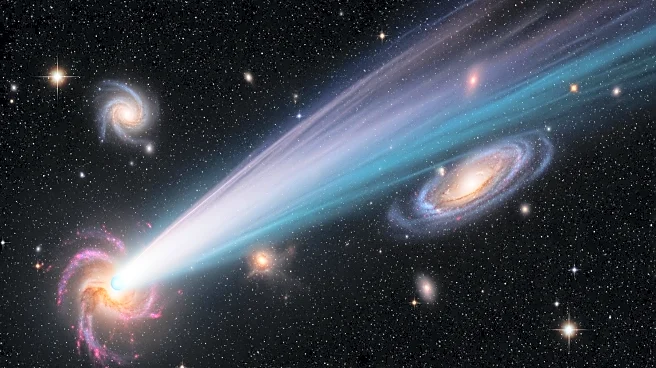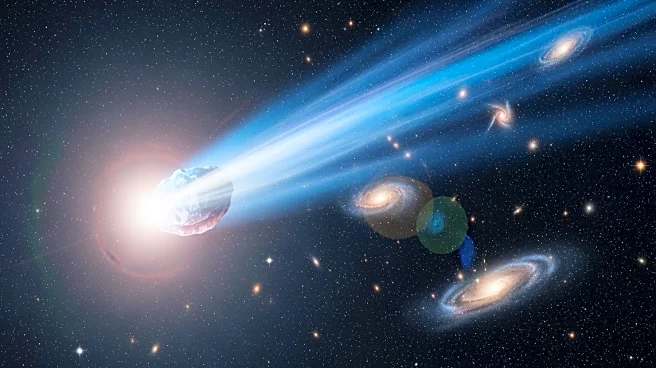What's Happening?
Astronomers have discovered glowing nickel vapor in the atmosphere of the interstellar comet 3I/ATLAS, a finding that challenges existing expectations about the chemistry of distant star systems. Using the Very Large Telescope (VLT) in Chile, researchers
identified traces of nickel gas surrounding the comet at a distance nearly four times that between the Earth and the Sun. This discovery is surprising because the temperatures at this range are too cold for metal to vaporize naturally. The presence of nickel, without a corresponding signature of iron, has puzzled scientists. The metal may be released from molecules that break apart when exposed to sunlight, rather than through direct heating. Observations from the James Webb Space Telescope (JWST) support these findings, showing that the comet's surrounding gas cloud contains an unusually high amount of carbon dioxide compared to water, suggesting a complex chemistry formed in a cold, distant environment around another star billions of years ago.
Why It's Important?
The detection of nickel vapor in 3I/ATLAS could reshape our understanding of the chemical processes in interstellar objects. This discovery provides insights into whether the materials that build planets are consistent across the galaxy or vary based on their formation location. By comparing 3I/ATLAS to previous interstellar visitors like 'Oumuamua and 2I/Borisov, researchers aim to understand how these objects preserve the history of their home systems. The comet's strange chemistry could offer clues about the diversity of planetary building materials and the conditions in distant star systems. As 3I/ATLAS approaches its closest point to the Sun, astronomers anticipate further increases in its activity, potentially revealing new chemical signatures.
What's Next?
As 3I/ATLAS continues its journey through the inner solar system, it presents a unique opportunity to study material from another world before it disappears into interstellar space. Scientists expect increased activity as the comet nears the Sun, which may unveil additional chemical signatures. This ongoing research could provide valuable data on the composition and behavior of interstellar objects, contributing to our understanding of the universe's chemical diversity. The findings may also influence future studies on the formation and evolution of planetary systems.
Beyond the Headlines
The discovery of nickel vapor in 3I/ATLAS highlights the potential for complex chemical reactions in cold environments, challenging traditional views on metal vaporization. This could lead to a reevaluation of the processes that govern the chemistry of interstellar objects and their interactions with sunlight. The findings may also prompt further investigation into the role of organic compounds and carbon monoxide in freeing nickel atoms at lower temperatures than previously thought possible.
